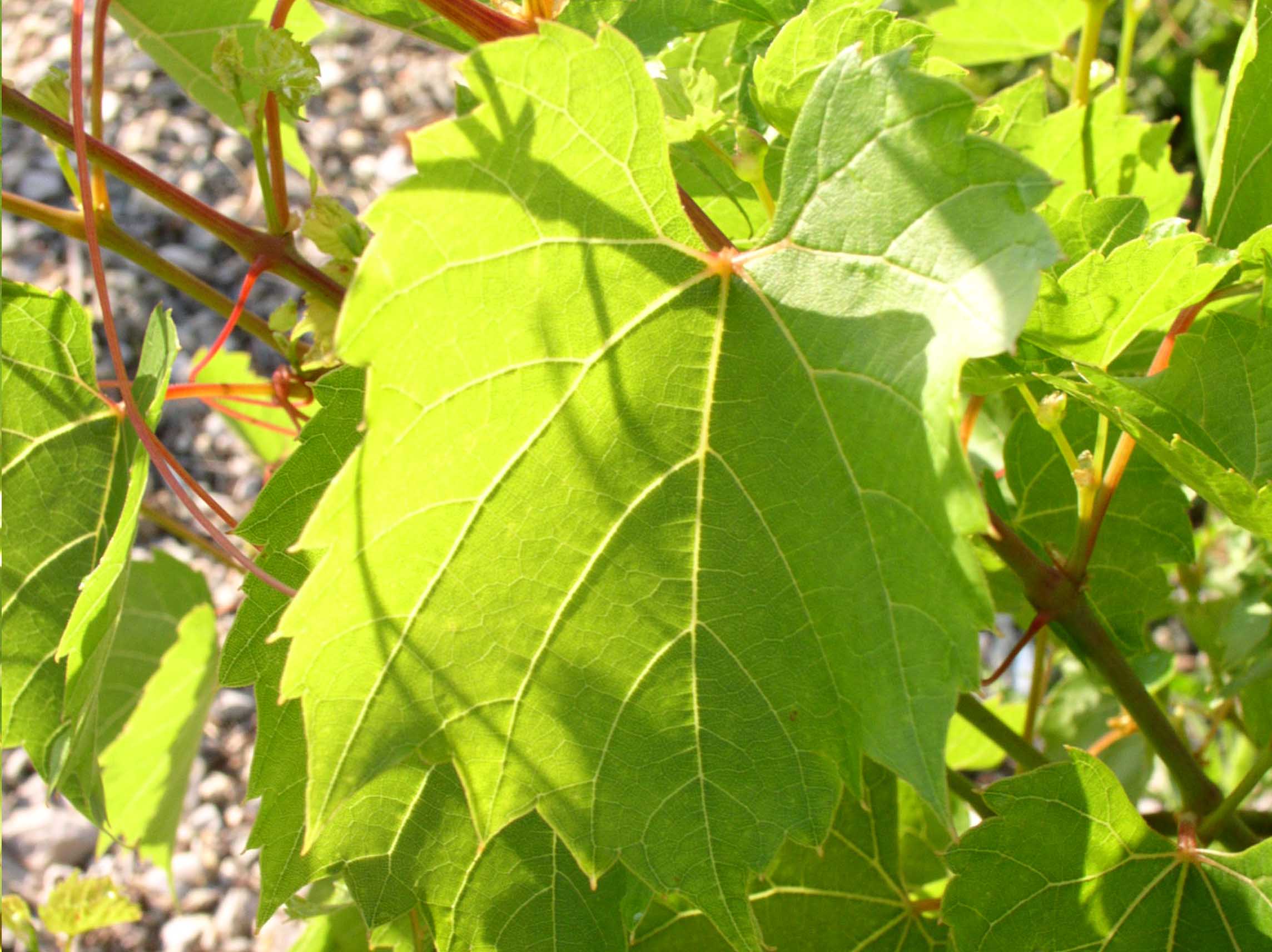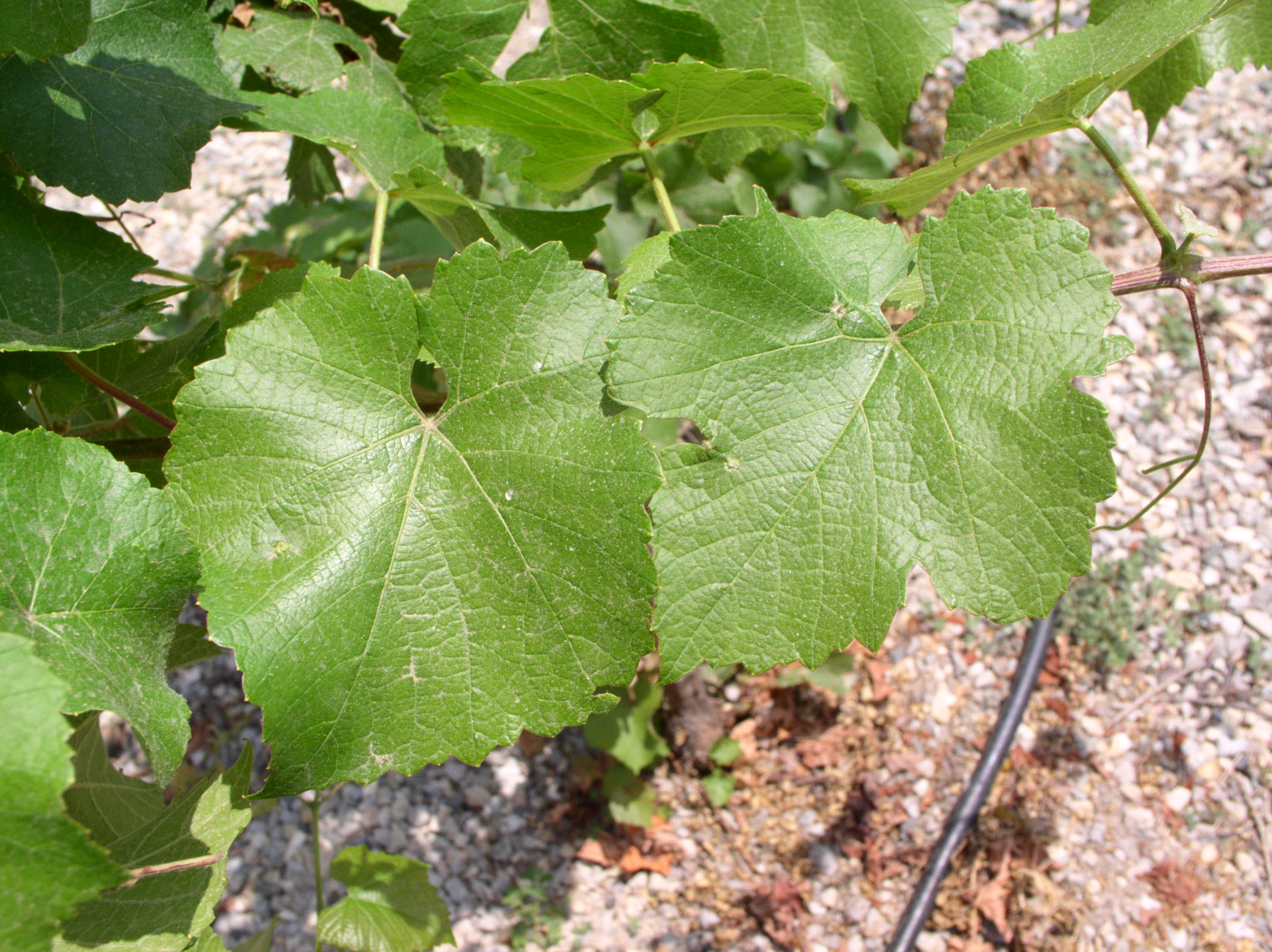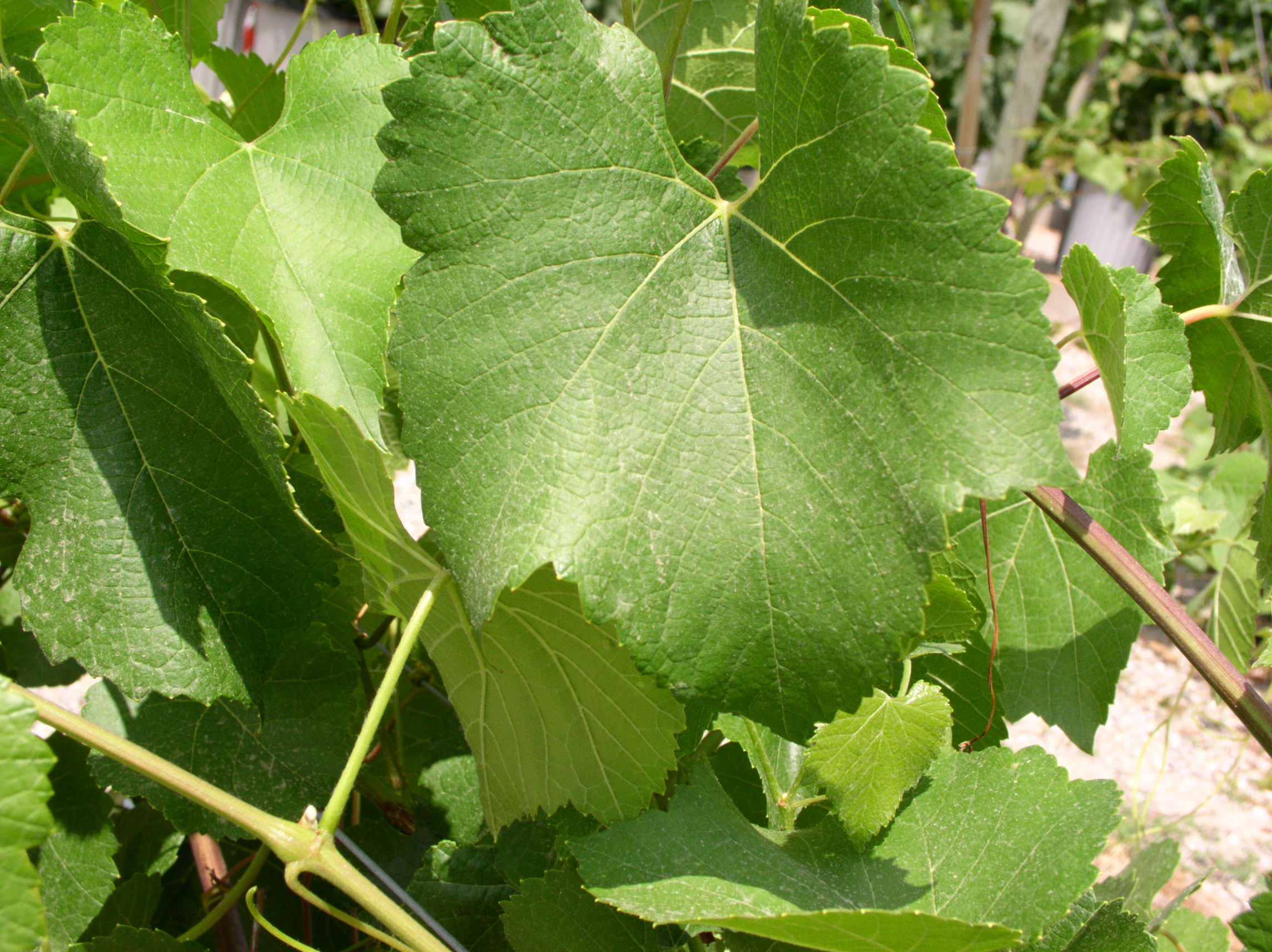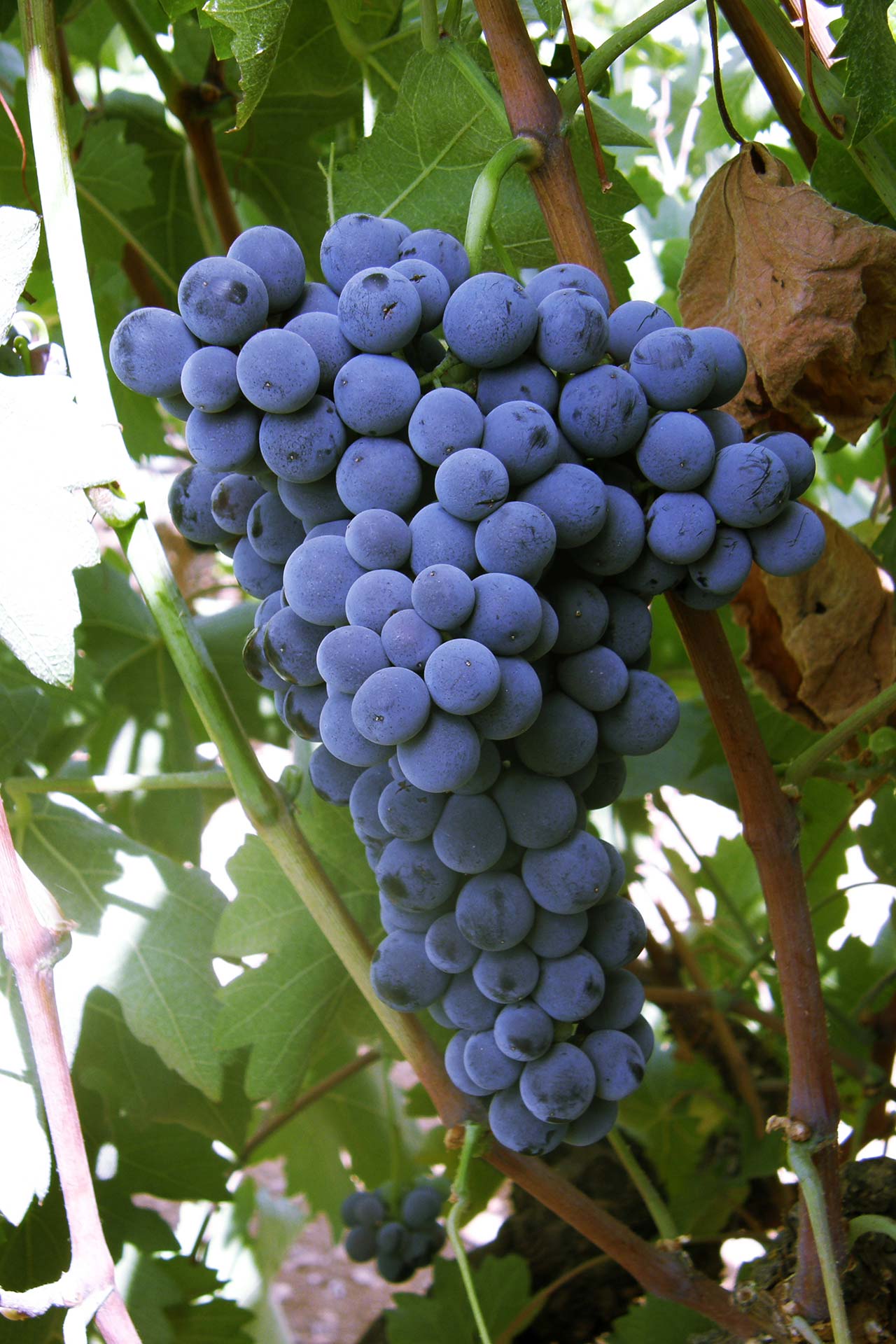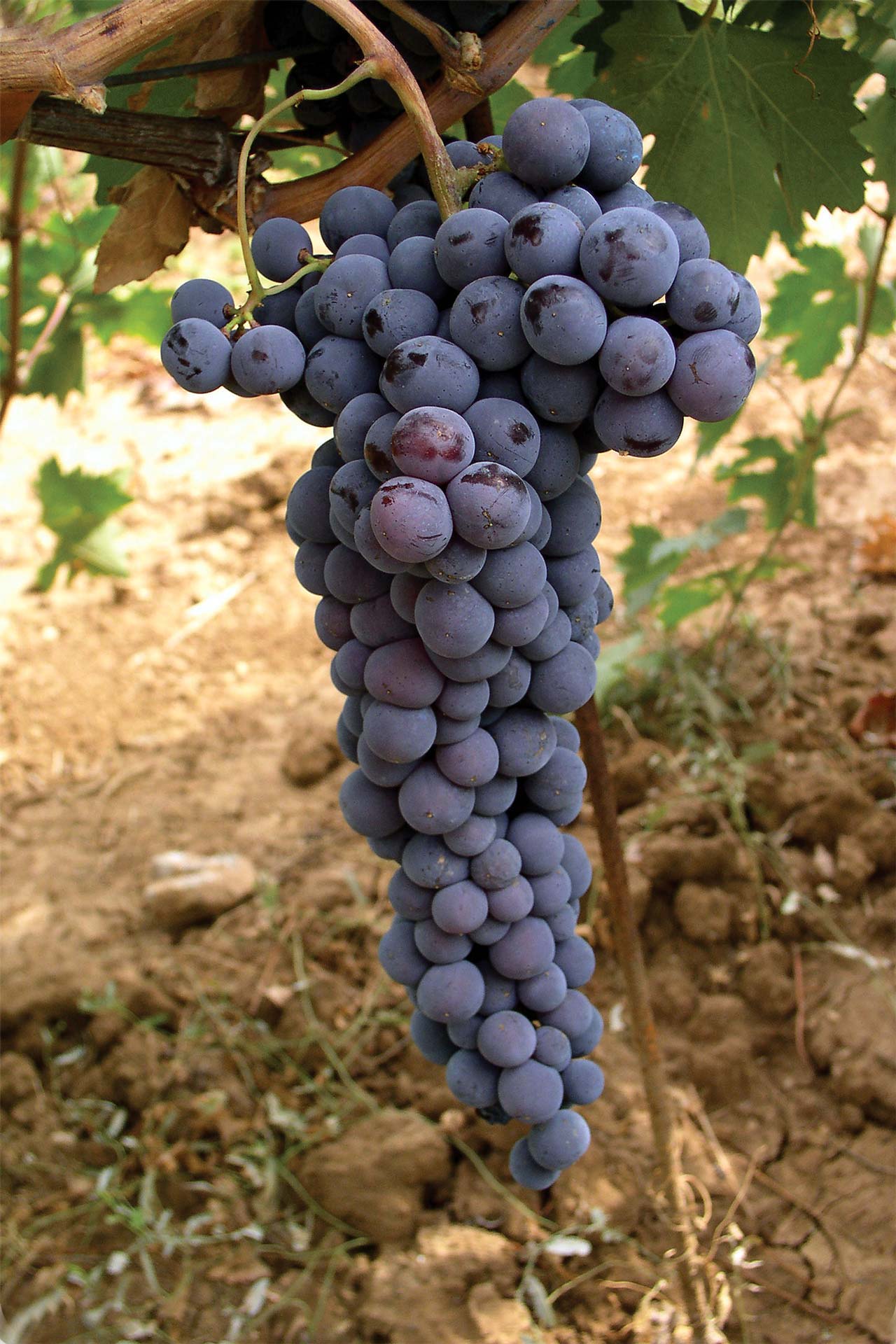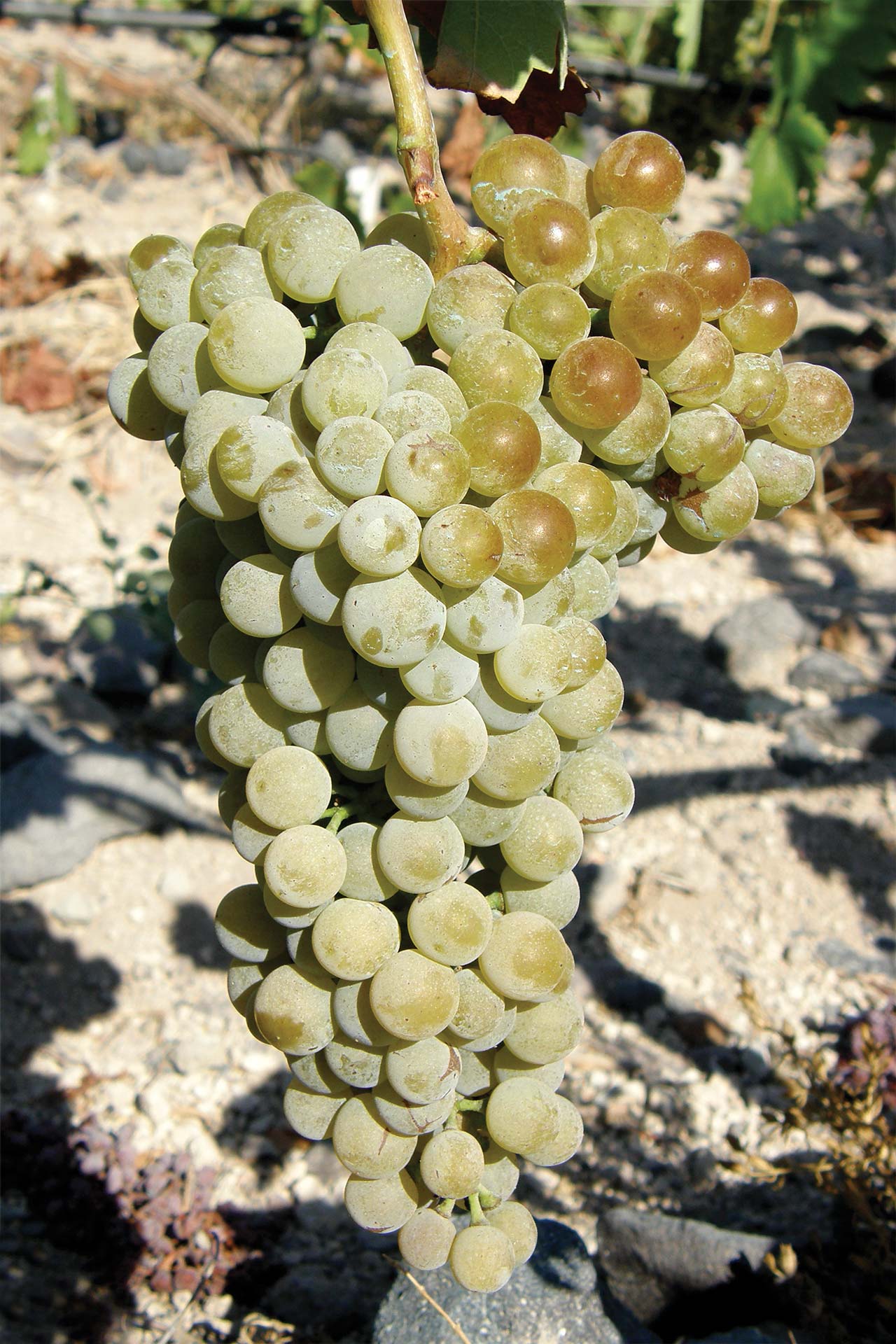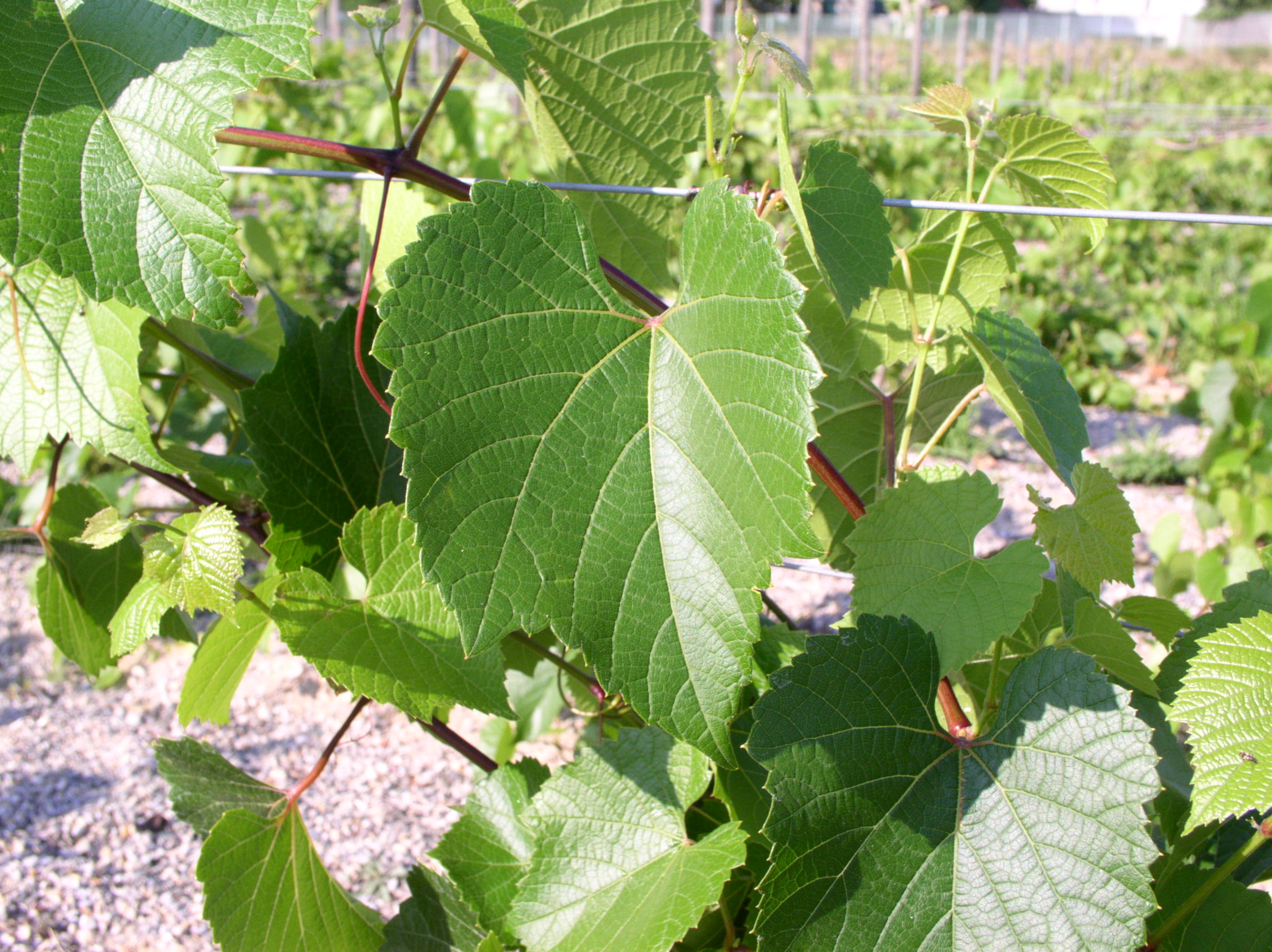
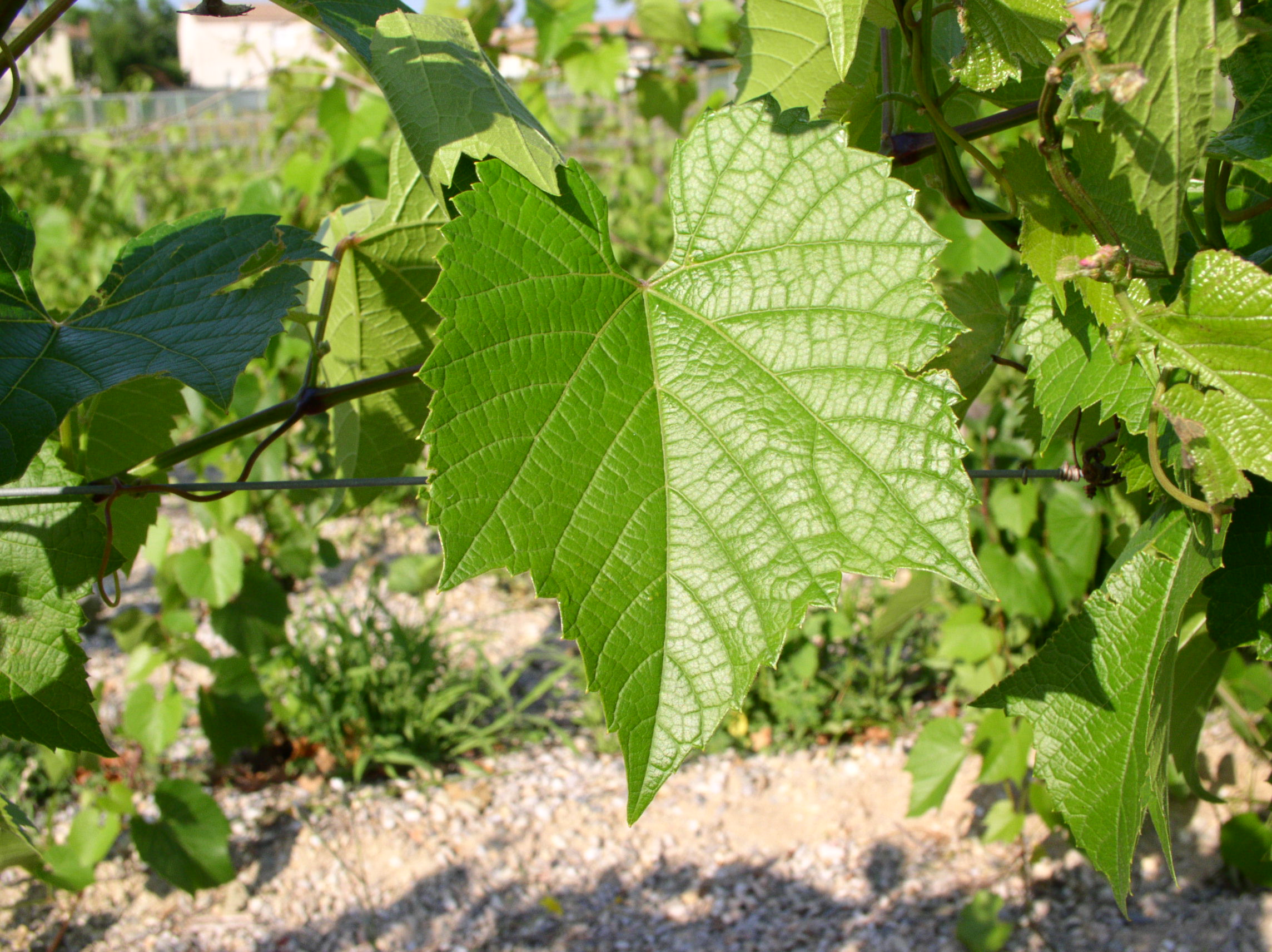
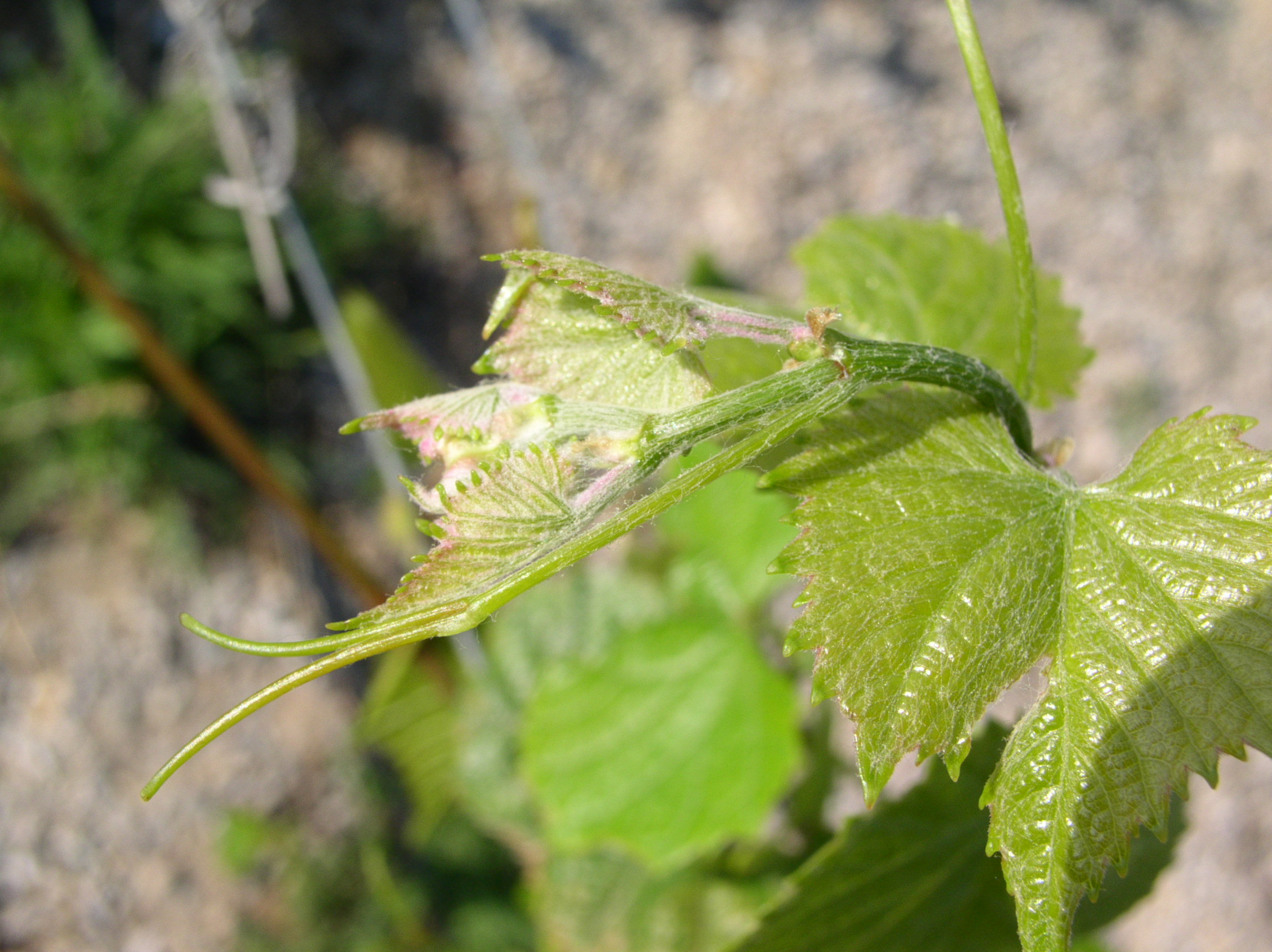
420 A Millardet et de Grasset
Description
Rootstock deriving from the cross of Vitis berlandieri and Vitis riparia. Today there are 5 different clones of this rootstock: 10, 11, 169, 241 και 758.
Resistance to Soil Pests
420A MGΤ is highly tolerant to the rooting form of phylloxera. It also shows a good degree of tolerance to the nematodes Meloidogyne incognita and Meloidogyne arenaria.
Adaptation
420 A MGT is tolerant up to 40% to total calcium and 20% to active calcium and CCI* (see R 110) up to 40. Its tolerance to iron chlorosis is considered moderate to good. This specific rootstock is suitable for deep, fertile, clay soils with sufficient soil moisture. However, it is unsuitable for compact-coherent soils and in conditions of excessive spring humidity. In addition, it has difficulty absorbing potassium from the soil. Some susceptible varieties may show symptoms of potassium deficiency all the time.
Interaction with the implant and production targets
The robustness transmitted by 420 A MGΤ is low and vegetative growth is limited. However, it tends to delay the ripening of the grapes. 420 A favours the onset of blooming. Given the reduced amount of robustness, performance yields should be limited, especially in the early years of yielding, in order to avoid millerandage. It performs well with Cabernet Franc M, Merlot M and Tannat M.
Specific multiplication properties
The production of wood is moderate (30,000 to 60,000 m / ha) the clematis are easily wooded, but the diameter of the internodes is sometimes tiny. The growth of node buds is important. The rooting capacity of 420 A MGT grafts is low whereas its adhesion capacity is average. To improve the rooting rate of the grafts, a little more hormone can be used.
Parasite Resiliance
420 A MGT tolerance to the foliar form of phylloxera is moderate but holds a high degree of mildew disease tolerance.




